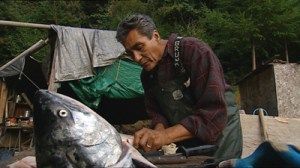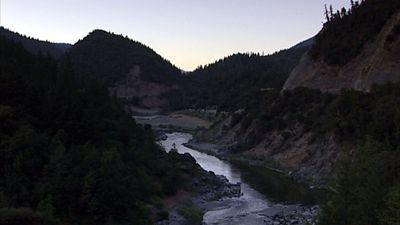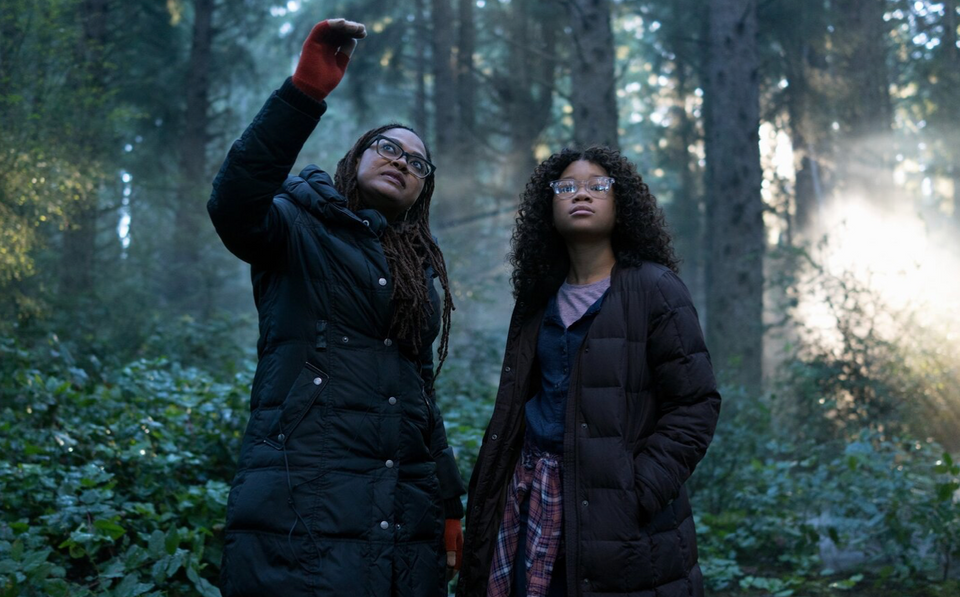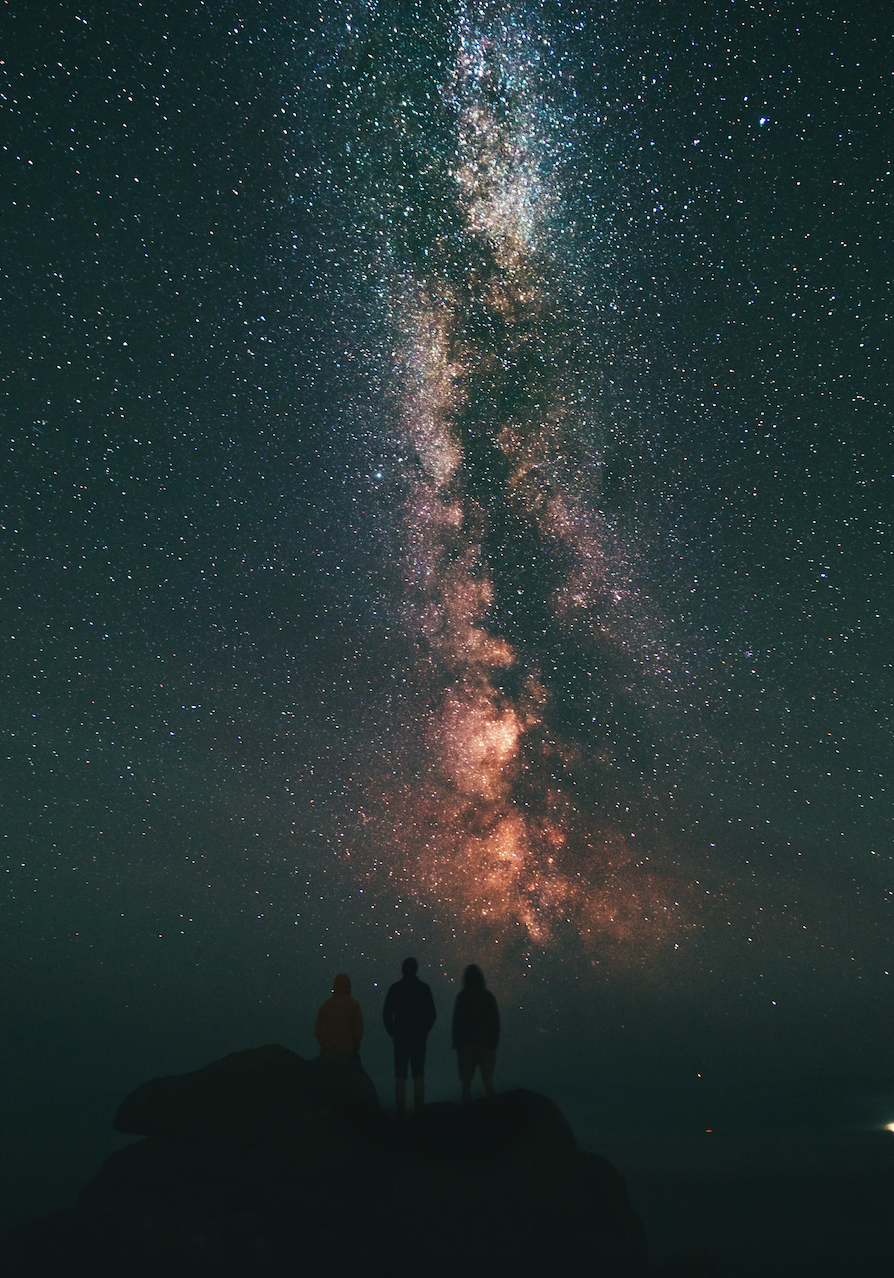
In a country overrun with Wal*Marts and convenience stores, the idea of living dependent only on the land seems abstract. But director Ben Kempas’s new documentary turns that distant truth into a concrete reality as he follows the efforts of Native Americans fighting a massive global energy company who have all but destroyed their way of life.
The Klamath Tribes of Oregon once inhabited a flourishing landscape where fat salmon teamed in the pristine Klamath River of Northern California and Oregon. But the damming of those waters by the PacifiCorp energy company has resulted in the decimation of the local salmon population. For the Native Americans , it wasn’t only a question of food, it was a question of faith. They believe that the Creator would provide for their needs through that water and those fish.
“This river is our temple and it is our sacred grounds. So we, the Hoopa people, the Yurok people and the Karuk people, we fight very hard for these waters because it is our church, it is our religion.”
– Merv George, Hoopa Valley Tribe
Whether or not you agree that a river has a spirit, you cannot deny its value to the human beings residing on its shores. Two in three Native Americans in these communities are out of work, and poor health is on the rise as they rely upon government subsidies for the majority of their diet. The idea that the need for electricity by distant urban populations should override the needs of the local inhabitants seems questionable to any onlooker and the justifications put forth by PacifiCorp for the dams are simplistic.
“People see hydro as a very green resource, this is a non-polluting resource, there are no emissions, no smokestacks. We are not burning fossil fuels to generate electricity here. We are simply borrowing water and returning it to a river.”
– Toby Freeman, PacifiCorp Energy
The filmmaker attempts to portray both sides of the issue fairly, but the Native Americans appear far more genuine and inviting than the energy company and its employees. Nowhere is this more evident than the scene in which the corporate employees are pictured eating lunch from plastic containers in their sterile workplace while the native people gather together and eat what they have fished for themselves. Not only is the fresh fish more appetizing, but the direct relationship they have towards their food is impressive.

Kempas does not mask his admiration for the Native Americans and their way of life. He presents them as both optimistic and brave as they fight for the largest dam removal project in history. There is a touching moment when a uniformed sheriff is seen eating a ceremonial meal with the people who have gathered to protest the dams. The Native Americans and their supporters are so inviting and open that anyone present, even those sent to monitor their demonstration, would want to participate. Similarly, the viewer is carried away with their cause and the hope that their fight for the river will not fail.
“It’s not something that is easy to explain to an outside person. Why I sit here on the river bar, and fish, why my kids are here, why we hunt, why we make baskets, why we sing, why we pray. Why do we do all these things when we can just go work in a big corporate building and forget about it all.”
– Wendy George, Hoopa Valley Tribe
Kempas successfully explains, through images and interviews, why we should not allow a way of life to disappear. It may not be our way of life, but its value is undeniable. Their dependence upon the river and the salmon is a model we are all too distant from in mainstream American culture. Kempas speculates that the more we understand and preserve their way of life, the more we stand to preserve ourselves and it is a notion worthy of consideration.

I recommend that you see Upstream Battle and decide for yourselves what should be the outcome for the Klamath River. But how are you going to see this film? I keep writing about works that are on the fringe of visibility for your average viewer; films that have been completed with the hope of reaching an audience but which are unlikely to make it to your local megaplex. Upstream Battle is no different. It is a passionate film about a pressing issue that most Americans may never know anything about.
What is the point of writing about a film you might never see? Well, I hope you’ll find a way to see it. Find the filmmaker online, send an email to the production company, seek it out on your local PBS station, or arrange a screening at your local church, library, school, or community center. I hope that people will gather to watch films that aim to educate and edify, and in doing so we might also find our own communities growing in new ways.
You can see Upstream Battle‘s website at www.upstreambattle.com/.



